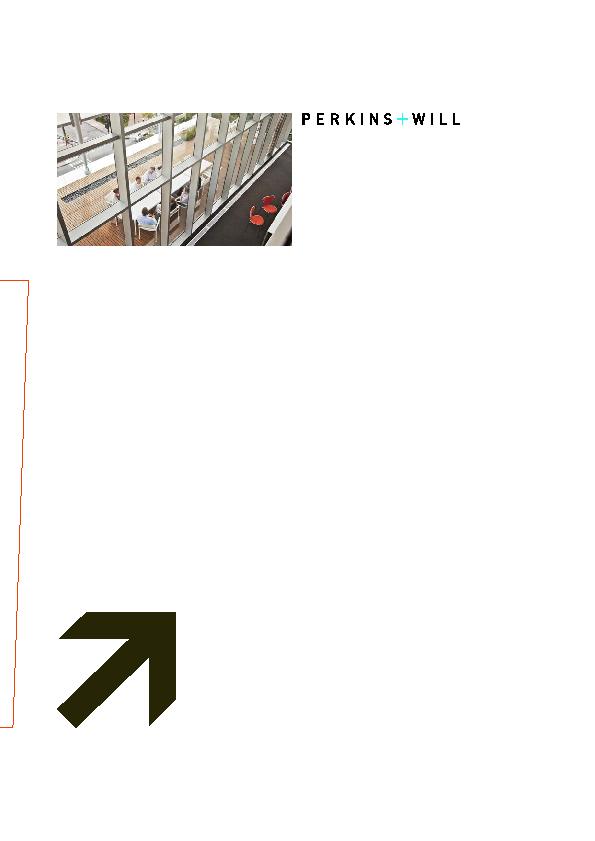
The report brought together a survey of the company's
global practice. Its research focused on what concerns our
clients the most. The issues in this report are our map, setting
out the emergent cues of change that require our attention.
of natural disasters.
in workplace culture, collaboration and research.
better design processes.
community. They're the map markers for the design implications
of a topic. They're also markers for dialogues with clients about
how these issues impact their investments.
design field will be working through for the next several decades.
Instead of focusing on building life cycle and certification,
the industry is in a new wilderness as it tries to understand the
impacts of climate changes and the design strategies to deal
with those changes. Resiliency requires that natural and
manmade boundaries be reconsidered. It requires that
investments be reevaluated.
for the relocation of functions. Resiliency is an issue that spans
scales: equally important for Staten Island, the East Coast or
the entire United States.
capture global attention. Material health can seem like a solved
issue ("Choose this, not that.") However, that's not the case.
The design community is in the early years of trying to situate
awareness, draw together the necessary expertise to understand
the far-ranging implications and create frameworks necessary
to evaluate material decisions.
these issues are resonant. Resiliency at home is as important
as corporate resiliency. Material health impacts our purchases
at the convenience store as much as our building products
industry. Active Design touches personal health as much
as corporate absenteeism. Generational integration drives
our community reinvestments as much as our workplaces.
Technology finds context in our families as much as in our jobs.
impactful, they help open portals that design firms must tackle
in concert with clients. The five insights offer ways of thinking
about big problems and encouraging dialogue on a global stage.
They are our contribution to the community of practice.
We're all on that mountain, deciding on the best path forward
given the circumstances and the cues that we have in hand.
innovative and award-winning designs for
the world's most forward-thinking clients.
Part of the Dar Group, we are architects,
interior designers, urban designers, landscape
architects, consultants, and branded
environment experts who approach
design from all scales and perspectives.